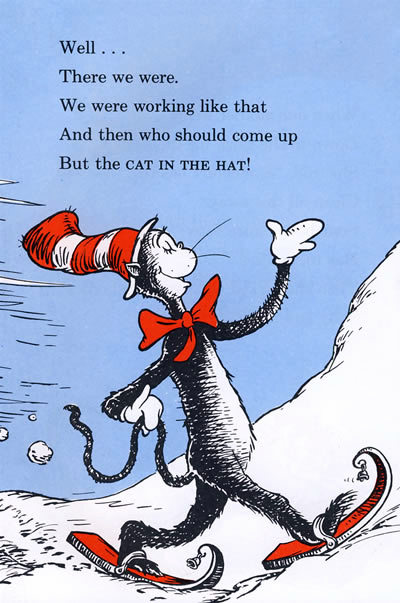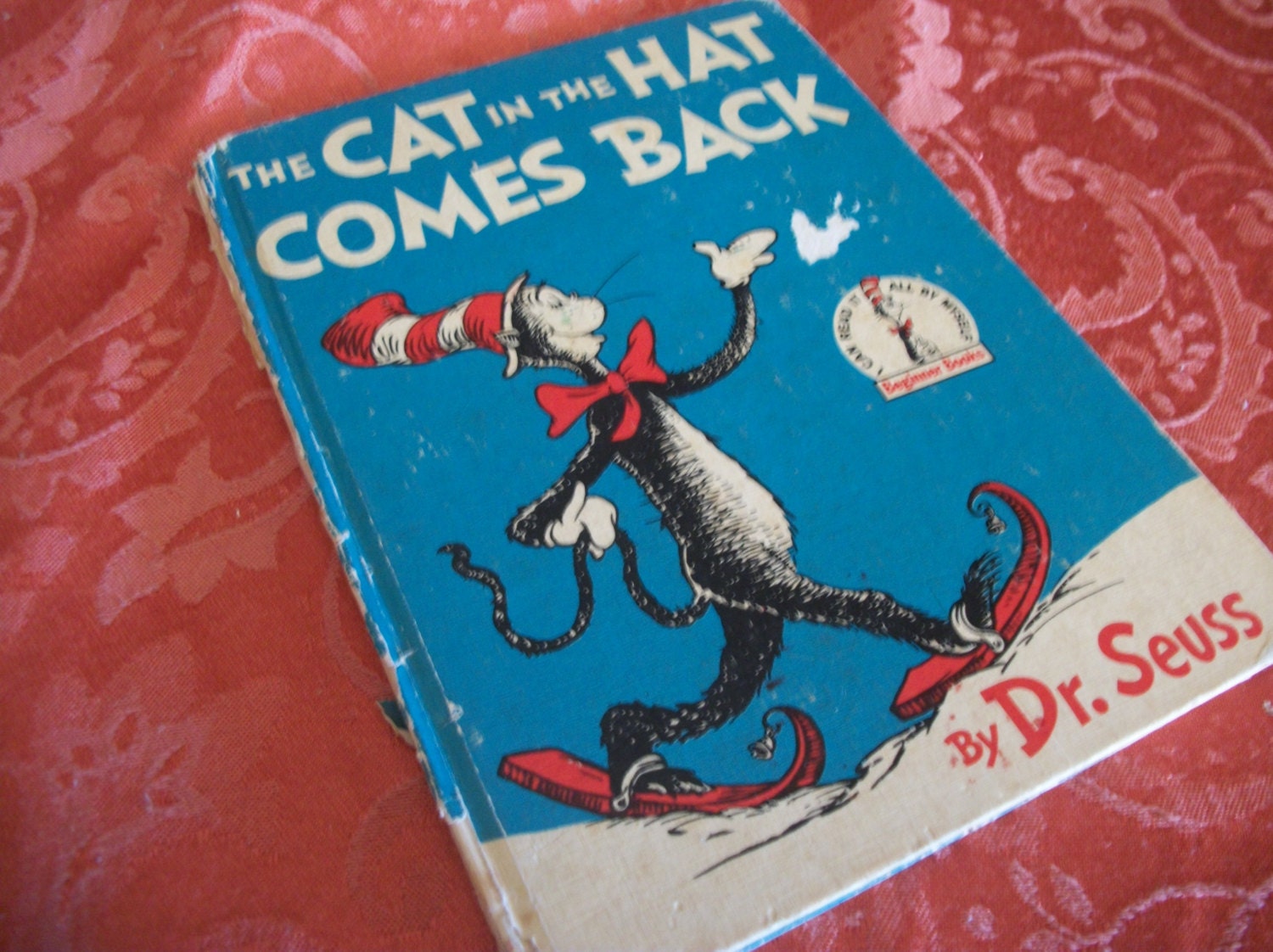

The first of 24 books was published in 1998, with a more Earth-oriented curriculum. You don’t risk an icon.”Įventually the Learning Library idea was revived, but without NASA. “We would joke among ourselves about what would happen if the rocket crashed, or disappeared. “The reaction at Random House was deep grief over Ted’s death, and tremendous relief that the project was off the boards,” Ms. The Cat has that kind of childlike exuberance and childlike nature.” He would jump in the air, sit on a lap, chase someone. “What I meant by that is, I always found that Harpo had a kind of unpredictable madness to him. Short said with a laugh in a telephone interview.

Short said he saw Harpo Marx in the Cat, a curious choice given that Marx never spoke and the Cat never stops speaking. In a video shown to the Television Critics Association this month Mr. Martin Short is the voice of the Cat, who leads his young playmates on fanciful adventures in the natural science world, exploring how bees make honey, why birds migrate and how being slow helps a sloth. On Labor Day PBS introduces “The Cat in the Hat Knows a Lot About That!,” a daily half-hour program based on Random House’s Learning Library series. More than half a century later his floppy-hatted hero is being recruited again to help promote childhood learning: this time, though, it’s keeping kids excited about science. Seuss, created “The Cat in the Hat” in response to concerns that American children were lagging in literacy. That anticipation is on full view in this pivotal image from Ted’s sequel, The Cat in the Hat Comes Back.BACK in the 1950s Theodor Geisel, a k a Dr. His Cat suggests this cannot be uncovered simply by following the status quo, but instead lies in the anticipation of what might be if we stop and question the world around us. Ted seemed to understand that the act of finding-your-voice is where innovation and inspiration are born. With just 220 beginner words, Ted gave a voice to our own internal desire to challenge the status quo, to push against external boundaries, and then decide what is right for ourselves. The Cat and his defiant acts are an enticing and irresistible hook for children and adults alike to find their own internal voice.


Seuss) simple premise: Rather than create children’s books based upon following the rules, Ted flipped the premise with The Cat to create books that encourage questioning the rules. The answer seems to lie in Ted Geisel’s (aka Dr. The Cat in the Hat first stormed onto the literary and pop culture scene in 1957, shattering the Dick-and-Jane culture of children’s books forever. So what made “The Cat” such an enduring symbol?


 0 kommentar(er)
0 kommentar(er)
